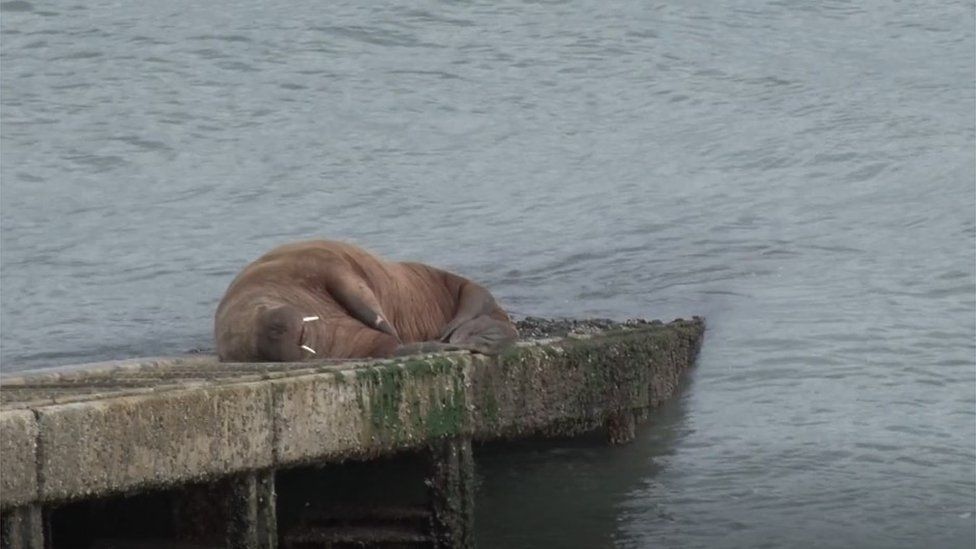Good morning!
This newsletter provides an update on Wild Justice's activities in all four of the nations of the United Kingdom. Just two years after our public launch in February 2019 we are still youngsters exploring the art of the possible. But our aim is to make a difference for wildlife right across the UK.
Northern Ireland:
Having challenged the general licences (which permit what we regard as casual killing of birds) in both England and Wales, with some success, we are paying close attention to those in Northern Ireland and Scotland too. Last week we sent a letter to the Department of Agriculture, Environment and Rural Affairs in Northern Ireland pointing out that their general licences are, in our view, unlawful. The current general licences expire in September and we have put DAERA on notice that we will be looking very carefully at their new licences. They may face legal challenges unless they change their licences materially - click here to see the letter. If you live in Northern Ireland we may ask you to help us get changes to these licences depending on DAERA's response, which we expect soon.
Scotland:
Scotland poses particular challenges for our work because the Scottish legal system is distinct from that of England and Wales and lawyers must be qualified in the Scottish system to operate in Scotland. Our brilliant legal team At Leigh Day and Matrix Chambers can operate in England, and can easily transfer what they have learned in English cases to Welsh cases, but Scotland is different and we will need a different team of lawyers to take legal challenges in Scotland. That's one reason why we have supported the legal challenge of Trees for Life on Beavers in Scotland rather than taking our own challenge. But we are making progress in developing the capability to challenge public bodies in Scotland ourselves. Bear with us please - these things take time.
Wales:
Our challenge of Natural Resources Wales's general licences did not result in them being declared unlawful but did produce very important clarification of the conditions that apply to them. NRW swore to the court in their evidence that the conservation licence GL004, was only valid for use to protect certain species of birds, in the breeding season and in areas where those birds actually nested. We could call this the 'present risk' model, and it's a very useful clarification of the intention of the licensing authority. We in Wild Justice are glad that our legal challenge produced this clarification. It's important because a large part of the user community for general licences appear to have believed that the licences allow landscape-scale culling - we call this the 'anywhere, any time' model. The anywhere, any time model will result in thousands of birds a year being killed unlawfully in Wales and put those people operating in that way in danger of facing legal proceedings themselves. It would clearly be good for wildlife and good for those people wishing to use the general licences if the clarification made by NRW in a public court hearing was made widely known to people with guns and traps.
To cut a long story short, Wild Justice has asked NRW, in writing and in an online meeting, to make these points clear. NRW staff have refused.
So we have written to the Chair of NRW, Sir David Henshaw, asking him to ensure that NRW makes the conditions of their current general licence GL004 explicitly clear on their website. You can read our letter - click here - and we have asked for a response by 29 March. We'll let you know what response we get and we may ask for your help in asking NRW some questions on this matter, if that is needed.
England:
But we have news of further actions too. First, we are compiling legal and factual dossiers to send to a public body in England in the very near future. We'll be able to let you know about this quite soon.
Also, we have sent a formal legal letter to a public body in England on the subject of lead ammunition and we expect a response to that letter at the end of this week. This is separate from, and in addition to, the food samples that are being tested for lead levels - click here. Wild Justice believes that it is time to stop the widespread use of lead ammunition as lead is a poison. It is bizarre and unacceptable that it is routinely shot into food and scattered widely into the environment.
If you like what we are doing then please consider making a donation through PayPal, bank transfer or a cheque in the post - see details here.
That's it for now. Thank you for your support!
Wild Justice (Directors: Mark Avery, Chris Packham and Ruth Tingay). |
|
|









